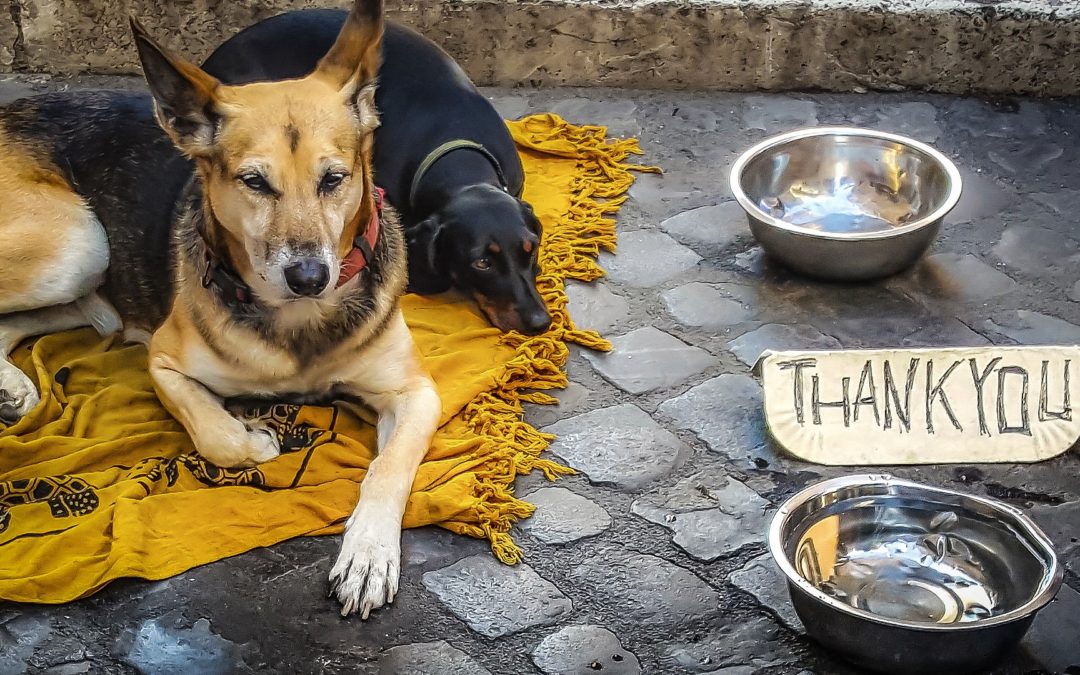When it comes to feeding your dog, you may not give portion size and mealtimes much of a thought. You may think: as long as Fido doesn’t go hungry, then he’s fine, right? But in order to give your pup a full, healthy and happy life, there’s a bit more to consider than that.
Many dog owners are unaware of the proper nutrients their dog requires. And we understand why this can be so tricky, because it changes based on the age, health, weight, breed and exercise level of your pup. That’s why consulting your local vet is so important.
If you’re on the fence about whether scheduled feeding or free feeding is the right option for your four-legged friend, East Valley Animal Hospital would like to help you weigh the pros and cons.
What is Free Feeding?
Much like it sounds, free feeding is the practice of leaving an unlimited amount of food in the bowl for your dog to graze on throughout the day. When asked why they choose this option, many owners cite convenience as the primary reason.
One of the problems with this method, however, is that many dogs—while not all—will struggle with portion control. In the wild, a dog may only receive a meal once a week. So naturally, their instinct is to eat as much as possible, not knowing when their next meal will come. Unfortunately, for the domestic dog, this impulse can easily lead to obesity. In fact, 56 percent of dogs in the United States are overweight or obese. That means the problem of overfeeding impacts one out of every two dogs.
If you have a multi-dog household, you will also encounter the issue of monitoring each individual dog’s daily intake. More assertive dogs may intimidate their submissive siblings and steal their portions, leaving some dogs overfed, and the others malnourished.
What is Scheduled Feeding?
In most cases, veterinarians recommend scheduled feeding for their four-legged patients. This means that you are feeding your pooch a set amount of kibble, or alternative food, one to two times a day. Some dogs will do well receiving one meal a day while others do best with two. The key here is to offer a strict portion in accordance with their specific dietary needs.
If your dog is new to scheduled feeding, they may struggle with this method a bit. You’ll want to monitor him while he eats to ensure he isn’t inhaling his food or eating from his housemates’ bowls. If you’re in a home with multiple dogs, you’ll find this practice makes it easier to gently remind each dog to stay at his own bowl and not interfere with his furry pals.
When it comes to scheduled feeding or free feeding, at East Valley Animal Hospital, we highly recommend scheduled feeding because of its many benefits. Scheduled feeding is more sanitary, it allows you to easily track your companion’s food intake which can help alert you to possible sickness, it offers a bonding opportunity, and it allows you to estimate when your dog will need to relieve himself. If you’re struggling with the transition to a scheduled feeding system or need help understanding your dog’s specific nutritional needs, give us a call at 480-568-2462.
Images used under creative commons license – commercial use. Image by Ludwig Willimann from Pixabay (10/9/2019)

